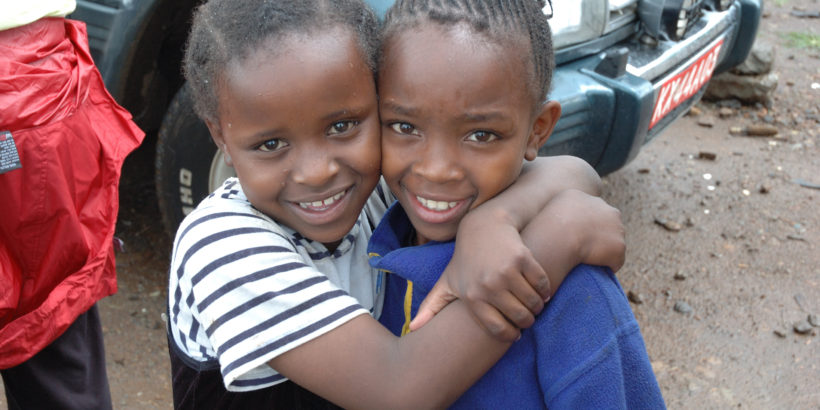This week I am attending the Vaccines for Enteric Diseases conference, the biannual meeting of researchers working on diarrheal disease, cholera, and typhoid. It is always fascinating and inspiring to be around this group, many of whom have devoted their careers to understanding and addressing these age-old scourges.
I ended up on one of the panels after suggesting myself as a speaker. (Reticence is not a strong suit of advocates.)
My talk was about making sure that we in the global health community keep the focus on diarrheal disease even as we make progress on reducing the number of childhood deaths caused by diarrhea. The good news is that with increased investments, awareness, and availability of solutions, fewer children are dying from diarrhea. The bad news is that children are still suffering repeated episodes of diarrhea and these recurring bouts are affecting their ability to learn and grow up healthy. While the progress that has been achieved is tremendous, our work is far from over. Keeping children alive who are not able to reach their full potential is not success.
I couldn’t help think that we face a similar good news/bad news situation with typhoid. While typhoid kills “only” about 1 percent of people who contract the disease, an estimated one third of cases result in complications, many of which can be serious or life-threatening. Because typhoid disproportionately impacts school-age children and adolescents, the disease can greatly disrupt a child’s education, causing ripple effects on families’ and communities’ economic development and potential. Another common challenge is the increasing drug resistance of typhoid strains and several other bacteria that cause diarrhea, underscoring the urgency of prevention.
Although typhoid has largely been eliminated in industrialized countries, it continues to be a substantial public health issue in many low- and middle-income countries. An estimated 90 percent of typhoid deaths occur in Asia, though recent data from sub-Saharan Africa suggests the typhoid burden may be greater than previously known. Moreover, we are likely underestimating the scale of the problem due to difficulties in surveillance and diagnostic challenges.
In both cases, of course, we have solutions in hand to protect these children and help them grow up healthy, strong, and successful in school. The best way to take on typhoid and defeat diarrheal disease is through an integrated prevention and treatment approach including cost effective vaccines; improvements in safe water, sanitation, and hygiene; and appropriate treatments.
Child survival was the rallying cry for the global health community for many years and collectively we have made tremendous strides in reducing the number of childhood deaths. But more and more, survival seems like too low of a bar. We need to change the conversation from keeping children alive to helping children thrive.
Let’s keep shining the spotlight on how typhoid and diarrheal disease are thwarting children’s chances, and stop the ongoing cycle of poverty stemming from enteric illness.
Photo: PATH/Wendy Stone



